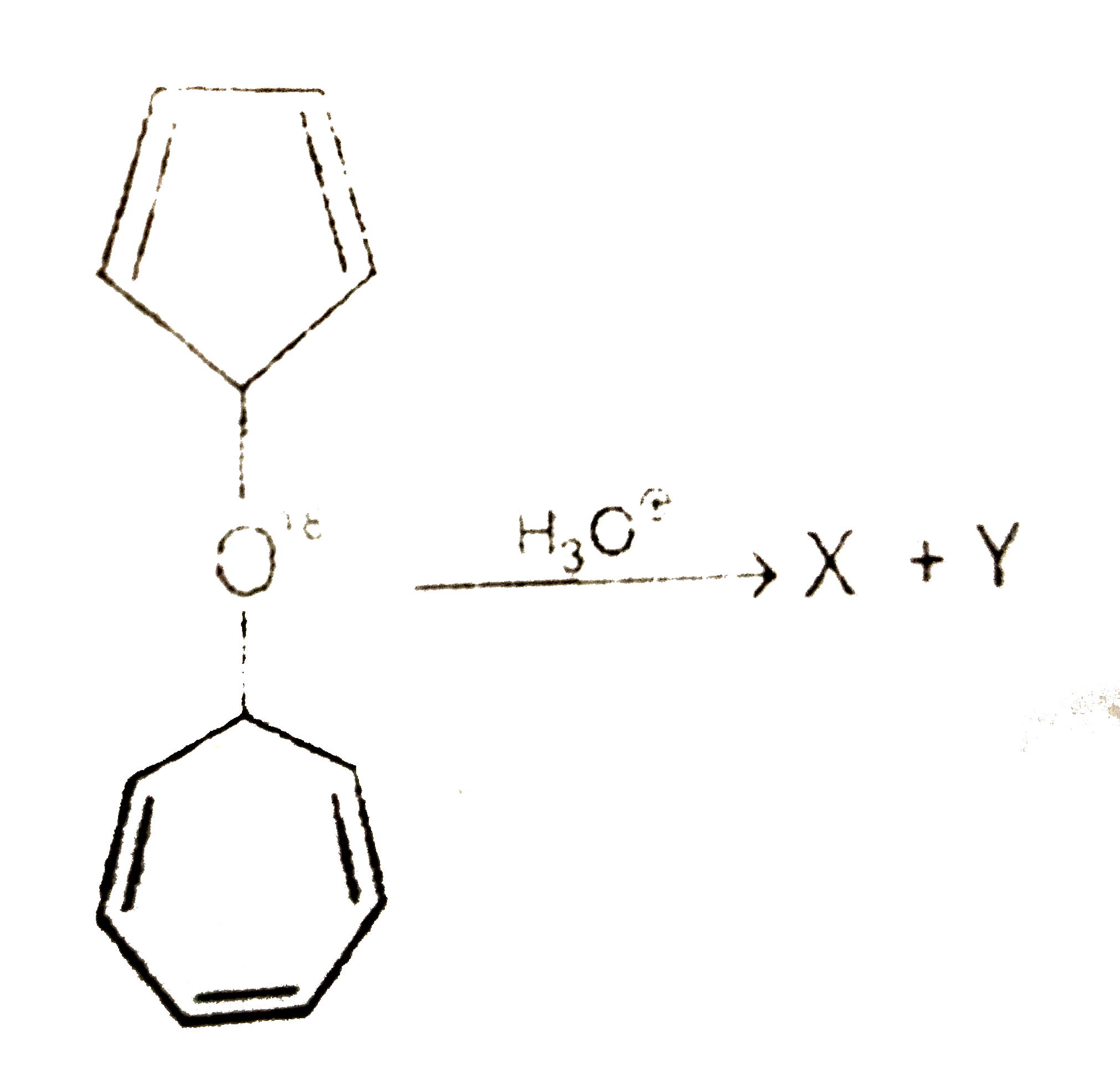Production and productivity can be represented by x–– and y– respectively.
The correct Answer is:x=gm/m2
x=gm/m2/yr
Step-by-Step Solution:
1. Understanding Production:
- Production refers to the total amount of output generated from a given set of inputs. It is the process of converting raw materials or resources into finished goods or services.
- In ecological terms, production can be measured in terms of biomass generated in a specific area over a specific time period.
2. Representation of Production:
- In this context, production is represented by x––, where x signifies the total production.
- The unit of measurement for production is typically expressed in grams per square meter (g/m²).
3. Understanding Productivity:
- Productivity, on the other hand, measures how efficiently inputs are converted into outputs. It reflects the rate of production relative to the resources used.
- It is a time-related concept, indicating how much output is produced over a certain period.
4. Representation of Productivity:
- Productivity is represented by y–, where y signifies productivity.
- The unit of measurement for productivity is usually expressed in grams per square meter per year (g/m²/year).
5. Conclusion:
- To summarize, x–– represents production (g/m²), and y– represents productivity (g/m²/year). The distinction lies in the fact that production is a measure of total output, while productivity measures the efficiency of that output over time.
- Production refers to the total amount of output generated from a given set of inputs. It is the process of converting raw materials or resources into finished goods or services.
- In ecological terms, production can be measured in terms of biomass generated in a specific area over a specific time period.
- In this context, production is represented by x––, where x signifies the total production.
- The unit of measurement for production is typically expressed in grams per square meter (g/m²).
- Productivity, on the other hand, measures how efficiently inputs are converted into outputs. It reflects the rate of production relative to the resources used.
- It is a time-related concept, indicating how much output is produced over a certain period.
- Productivity is represented by y–, where y signifies productivity.
- The unit of measurement for productivity is usually expressed in grams per square meter per year (g/m²/year).
- To summarize, x–– represents production (g/m²), and y– represents productivity (g/m²/year). The distinction lies in the fact that production is a measure of total output, while productivity measures the efficiency of that output over time.
Topper's Solved these Questions
Similar Questions
Represented of production and productivity in terms of energy
View Solution
The products (x) and (y) are:
View SolutionThe biomass available for consumption to heterotrophs and the rate formation of new organic matter by consumers are defined as
(a) gross primary productivity and net primary productivity respectively
(b) net primary productivity and gross primary productivity respectively
(c) gross primary productivity and secondary productivity respectively
(d) net primary productivity and secondary productivity respectively.
View SolutionPollinators and seed dispersers are offered reward by plants in form of A–– and B–– respectively.
View Solution
The products X and Y are
View SolutionThe major product of "X" and "Y" are respectively

View SolutionAn organic compound A–– react with sodium to form another compound B–– . The compound A–– when heated with concentrated H2SO4 forms diethyl ether . The compound A–– and B–– are respectively
View Solution
The formed products Z,Y,X are respectively .
View SolutionGiven below are four statements (A-D) each with one or two blanks. Select option which correctly fills up the blanks in any two statements.
(A) Multiple ovulation i– transfer teachnology is for ii–– improvement.
(B) In it a cow is administered i– to induce follicular maturation and ii–– ovulation.
(C) Instead of one egg per cycle, i– eggs are produced through it.
(D) The fertilised i– at ii–– celled stages are recovered non-surgically and transferred to surrogate mothers.
View SolutionDuring follicular phase changes in the ovary and the uterus are induced by chages in the levels of (A)–––– and (B)–––– hormones.
View Solution
